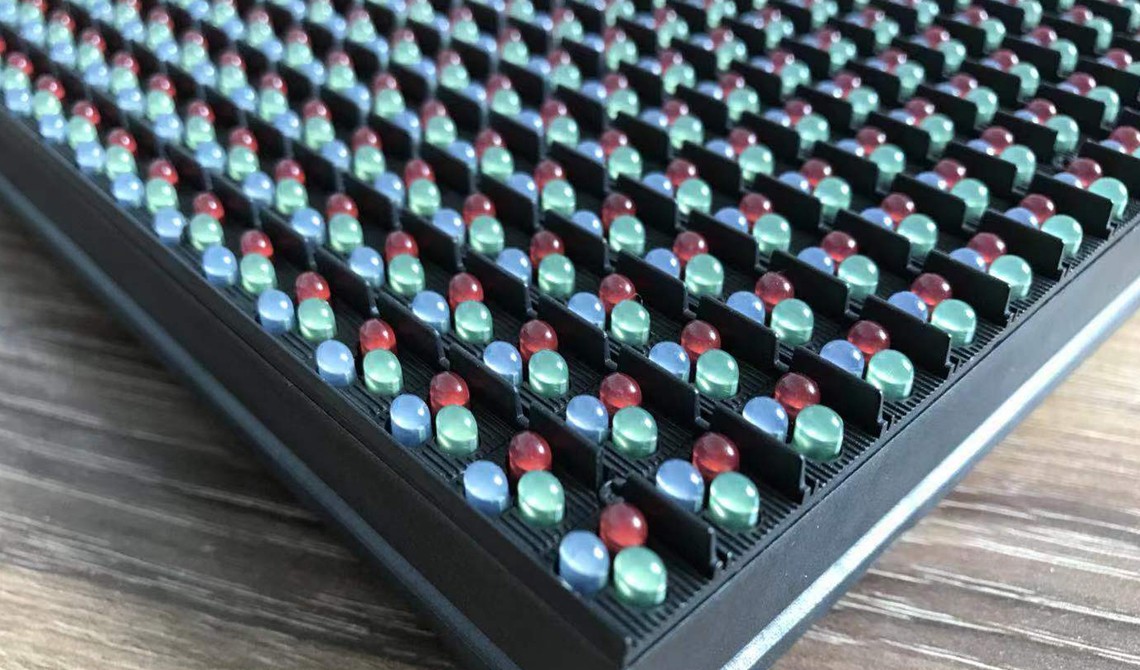HERE:Home/News/Learn LED Basics
WHAT IS LED?
Date:2023-10-03 21:31:39
Author: vivisoma
LED is short for Light Emitting Diode. An LED emits light as a result of electric luminescence. It is also known as “cold light” as, unlike with old-fashioned incandescent bulbs, the light is not produced by heating a metal filament. The diode, on the other hand, emits light when flowing through two specially coated silicon semiconductors. It is one of the most energy-efficient and power-saving ways to produce light.
An LED consists of solid materials without movable parts and is often moulded into transparent plastic. This ensures high durability. When an LED is on, it emits almost zero heat. This reduces the problem of cooling the electronic parts.
The first LED was created by Russian inventor Oleg Losev in 1927. For many years, it was only possible to produce infrared, red and yellow LEDs. These diodes were found in everything from remote controls to clock radios.
It was not until 1994 that Japanese scientist Shuji Nakamura was able to demonstrate an efficient blue LED. White and green LEDs soon followed, laying the foundation for the LED revolution we have seen in lighting and display technology.

HOW DOES AN LED DISPLAY WORK?
An LED display consists of many closely-spaced LEDs. By varying the brightness of each LED, the diodes jointly form an image on the display.
To create a bright colour image, the principles of additive colour mixing are used, whereby new colours are created by mixing light in different colours. An LED display consists of red, green and blue LEDs mounted in a fixed pattern. These three colours combine to form a pixel. By adjusting the intensity of the diodes, billions of colours can be formed. When you look at the LED screen from a certain distance, the array of coloured pixels are seen as an image.
WHAT IS RGB?
RGB is short for Red, Green and Blue. It is a colour scheme that exploits the fact that all visible colours can be mixed from these three basic colours. It is used in almost all types of displays, including LED displays.
WHAT IS SMD?
SMD means Surface Mount Device. These are electronic components that are surface mounted directly on a printed circuit board – and not as previously by soldering the metal pin on the underside of the circuit board.
In LED display technology, the SMD concept is used a little differently. An SMD display is an LED display where the red, green and blue diodes are potted in a small plastic encapsulation which is surface mounted on the printed circuit boards of the display. When the diodes are encapsulated in this way, they take up a lot less space, making it possible to produce displays with less spacing between the diodes and higher resolution.
HOW LONG DOES AN LED DISPLAY LAST?
It is difficult to say anything specific about the life of an LED display as many factors come into play. However, with proper maintenance, a display can certainly last for more than ten years. As with all types of electronics, life expectancy is also affected by the daily use and the environment around the display. Light images and a high level of brightness are more wearing on the display than darker images and a low level of brightness. Factors such as humidity and salt content in the air can also come into play.
Over the course of the life of an LED display, the light output from the diodes will diminish. By how much depends on the type and generation of the diodes. Many LED displays never use their full light intensity, so reduction will rarely be a problem.
WHAT IS PIXEL PITCH AND DISPLAY RESOLUTION?
The distance between an LED display’s diodes determines the resolution of the display. The distance to the centre of the neighbouring group is measured from the centre of each group of red, green and blue diodes. This distance is known as pixel pitch. Each group of diodes forms a pixel.
If an LED display has a pixel pitch of 1 cm, there may be 100 x 100 pixels per square metre of display. The resolution of a display is given as a pair of numbers that indicate the width and height in pixels. If you have a 6 x 8-metre screen with 1 cm in pixel pitch, it has a resolution of 600 x 800 pixels.
There are LED screens with a pixel pitch of anywhere from several centimetres to a single millimetre.
